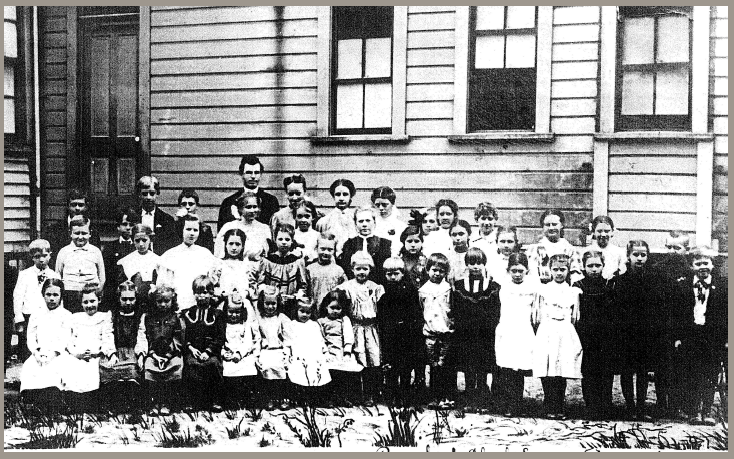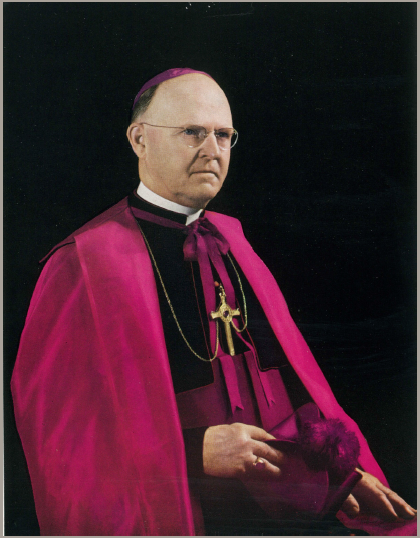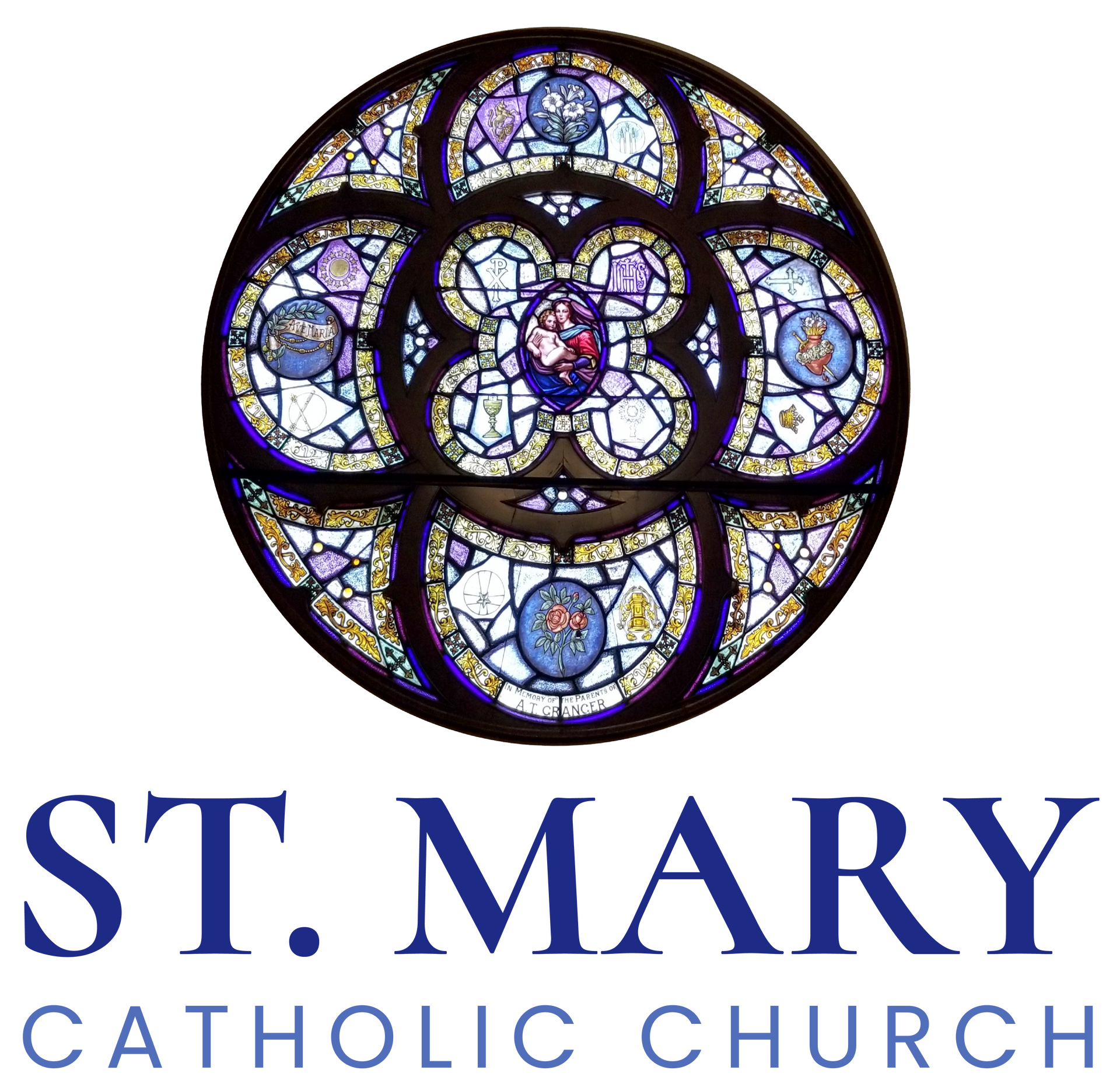O'Hara Catholic School is our parish school.

O’Hara School History
O’Hara Catholic School is our parish school and Fr. Ronald Nelson is the current pastor of the school.
O’Hara Catholic School has a long history as an enriching influence in Eugene and its surrounding community. Fr. Francis S. Beck (pastor from 1887-1894) saw the need to establish a Catholic school in the Eugene area. He arranged for some Benedictine Sisters from Mt. Angel to run a school in Eugene from a “four-room building which faced Willamette Street.” The sisters arrived in 1889. The school was called the “Academy of Our Lady of Victory” – affectionately known as St. Mary School. Later in 1895, the Sisters of Mercy took over for the school. During Fr. John A. Moran’s time as pastor (from 1911-1920), the Sisters of Mercy took over the Eugene General Hospital on College Hill in 1912. Consequently, Fr. Moran arranged to have six Sisters of the Holy Names come to run the school in 1916.
In 1919, Fr. Moran had purchased property in the West 11th Avenue block between Charnelton and Lincoln streets. Later, Fr. Edwin V. O’Hara (pastor from 1920-1929) would move the Holy Names sisters in 1921 to the house at 1116 Charnelton St., which is currently the location of the NEL Apartments. The school building was moved to northeast corner of 11th and Lincoln.
In 1921, the State Superintendent of Schools, J. A. Churchill, would accept St. Mary as a “standard school” of the State of Oregon.
During the time of Fr. Edmund Murnane (pastor from 1950-1969) an eight-classroom addition to St. Francis High School was built on the property on 18th Avenue and Jefferson Street for a junior high school, which was used for the upper grades of St. Mary School. It was called St. Mary’s Junior High School. Work began on the additions in January 1955. St. Francis High School was relocated to what is now Marist High School. All of St. Mary school was moved to the location on 18th and Jefferson in June 1969.
Under Fr. Emil H. Kies (pastor from 1969-1987), St. Mary Grade School became an area school in which “participating parishes selected the lay members of a policy-making school board and each parish agreed to subsidize those students of St. Mary’s School who lived within its boundaries.”
The school became the first area school in Oregon in 1971, serving multiple parishes. In 1978, the school was renamed O’Hara Catholic School in honor of Bishop Edwin V. O’Hara, a former pastor of St. Mary’s Parish and School. Archbishop O’Hara was instrumental in developing a strong focus on the mission of Catholic education. He was the first Superintendent of Catholic Schools of Oregon and the sponsor of the first Catholic high school in Eugene.
O’Hara Catholic School continues to serve as an area school to several parishes including St. Mary, St. Jude, St. Peter, St. Mark, St. Thomas More Newman Center, St. Alice, St. Helen, St. Catherine of Siena, and St. Henry.
In the late 1960s, the school ceased to be the “sisters’ school” with the decline of religious vocations and the increase of lay teachers. Today O’Hara Catholic School is staffed completely by lay teachers with religious and diocesan priests coming regularly to visit the classrooms.
O’Hara Catholic School is a school of St. Mary Roman Catholic Church. It is a preschool through eighth grade school accredited through Western Catholic Education Association.

Reverend Edwin Vincent O'Hara was born and raised on a farm near Lanesboro, Minnesota, and never forgot his farm background. After attending St. Paul's Seminary in Minnesota, he was ordained for the Archdiocese of Oregon City in 1905. Although a rather shy, quiet, gentle man, he was a man of action. He soon became involved in the passage and enforcement of Oregon's minimum wage law in 1913, the first such law in the United States to be successful. After a short term as a chaplain in World War 1, he was asked to make a study of Catholic education in rural areas for the National Catholic Education Association. From that he concluded that, "The primary product of the farm is not wheat or potatoes or cattle, it is people" and that the future of the Catholic church in America lay in providing not only religious but also cultural, social, and material advantages to make country living look attractive. Impressed by his ideas, the Social Action Department of the National Catholic Welfare Council appointed him director of the Rural Life Bureau for research and education on Catholic rural life. Wanting a live laboratory for his ideas, he asked to be changed from the Cathedral Parish in Portland to a rural parish. Father O'Hara was appointed to St. Mary Parish in Eugene and arrived on June 1, 1920.
Soon after leaving Eugene Father O'Hara became Bishop of Great Falls and later, Archbishop of Kansas City.

